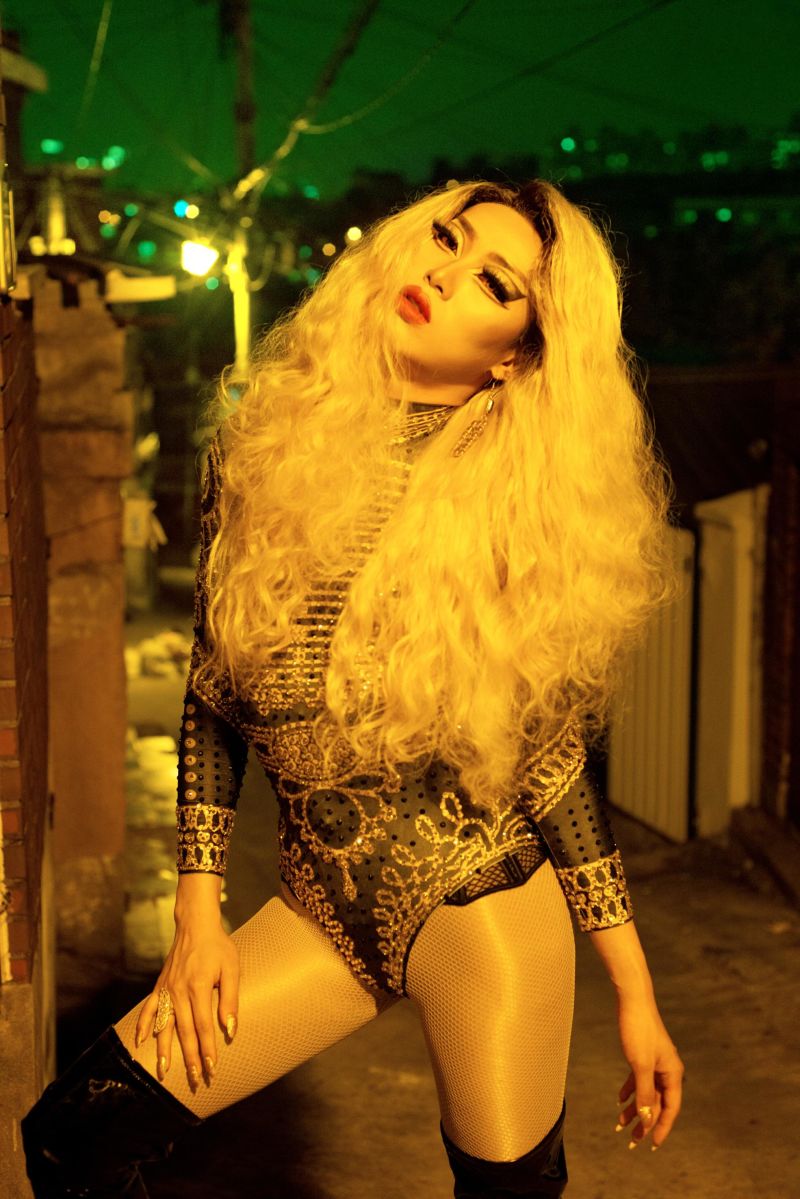Understanding the Evolving Drag Scene in South Korea
The attitudes towards LGBTQ communities in South Korea are gradually changing, with the drag scene playing a significant role in this transformation. While drag may still be considered a fringe subculture, its visibility is increasing, particularly in urban areas like Seoul.
The Growth of Drag Culture
In recent years, Seoul has witnessed a remarkable evolution within its drag scene. The annual Queer Culture Festival has become a prominent platform where drag queens are celebrated and appreciated. As highlighted by activists and performers, this cultural shift signifies a broader acceptance of diverse identities.

Key Figures in the Drag Community
One pivotal figure in the South Korean drag scene is Kuciia Diamant, who has been an influential performer since 2013. Her performances have helped increase visibility for the LGBTQ community in South Korea.

Itaewon: The Heart of Seoul’s Drag Scene
The district of Itaewon serves as a hub for many of Seoul’s drag queens, known for its diverse nightlife and international atmosphere. Historically, this area attracted U.S. troops post-Korean War, establishing a culture of entertainment and acceptance for marginalized communities.

Challenges and Progress
Despite the budding acceptance, a “don’t ask, don’t tell” mentality persists, making it challenging for many LGBTQ individuals to express themselves openly. Activists like Hurricane Kimchi strive to change perceptions in a nation with traditionally conservative views on gender and sexuality.

Participating in Pride Events
Participation in pride events is steadily increasing, reflecting a broader acceptance of LGBTQ identities. The Seoul Queer Culture Festival, for instance, attracted over 150,000 participants in its 20th year, underscoring the growing support for the community.

The Future of the Drag Scene
As the drag culture in South Korea evolves, it embodies a unique blend of artistic expression and social commentary, challenging stereotypes and promoting acceptance. The work of organizations and activists remains crucial in furthering LGBTQ rights and visibility in South Korea.
Conclusion
In conclusion, the drag scene in South Korea reflects significant cultural shifts regarding LGBTQ identities. As diverse expressions of gender and sexuality continue to gain recognition, the journey towards acceptance and understanding progresses, paving the way for future generations.




